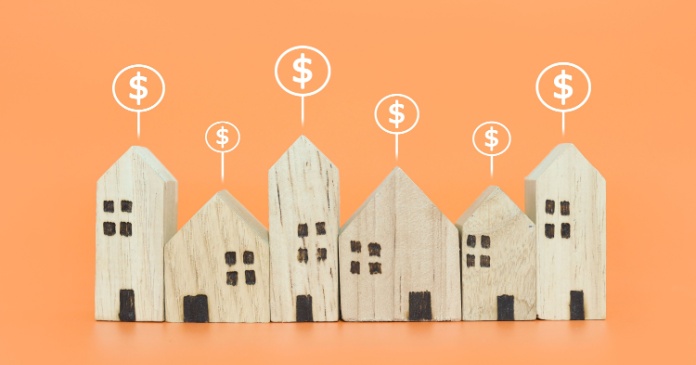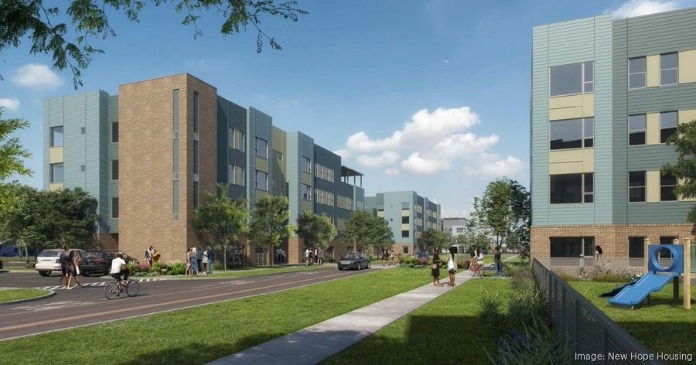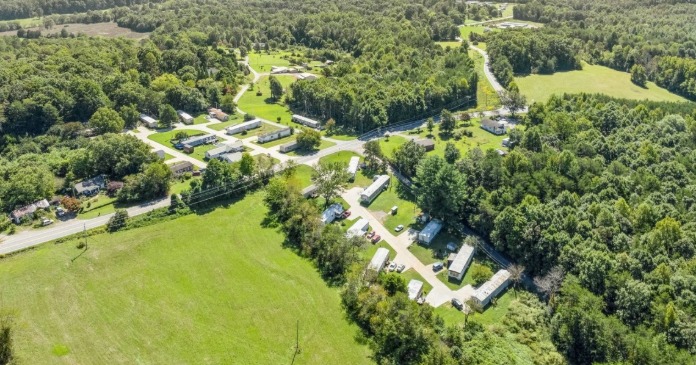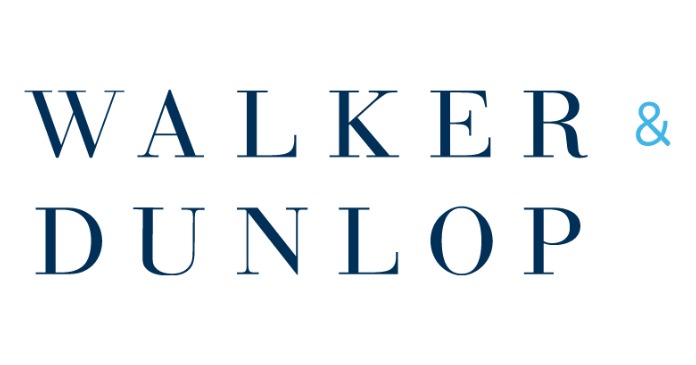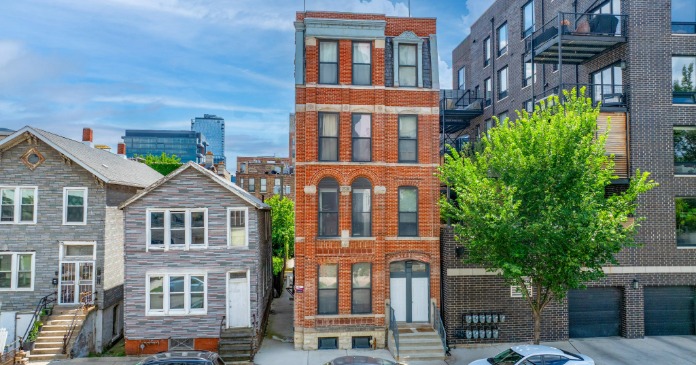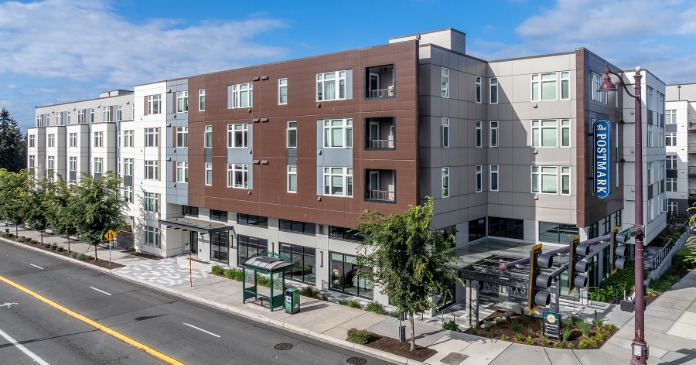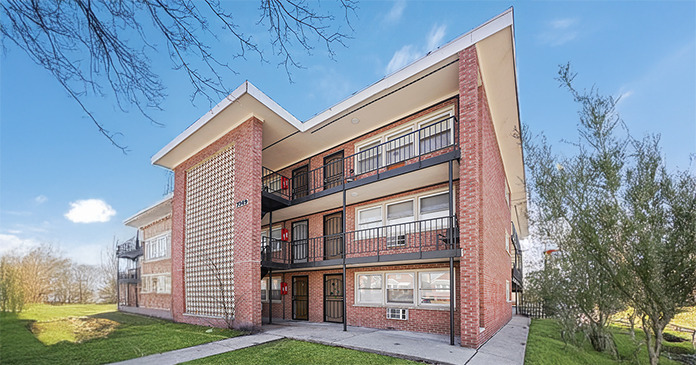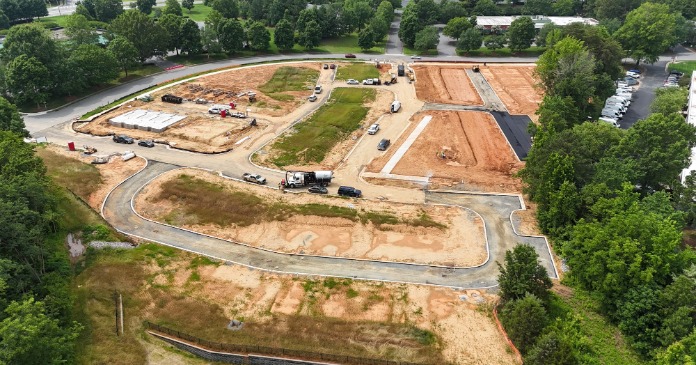
The 2015 City Park Facts report generated by The Trust for Public Land shows that off-leash parks are the fastest growing segment of urban parks. They even go further showing that off-leash dog parks have grown 6 percent in 2014 alone and increased 20 percent in the last 5 years. This is true for multifamily and apartment communities who have recognized the value of serving the dog owner population.
Many studies, articles, and reports highlight the benefits of dog parks; these benefits involved not only the dog owner but the dogs and the communities where the dog parks are located. Research has shown that owning a dog is directly linked to improved overall health. Being outdoors, in itself, has many therapeutic, physiological, psychosocial, and psychological benefits. Imagine offering a space where dogs can roam free while offering health benefits for residents.
Health and well being
Think about who lives at apartment communities. Especially for seniors or those with disabilities, dog parks may provide a safe place to socialize and play. Individuals who may be in a mobility device and are unable to walk long distances may look for a place where their pet can roam free while they can comfortably sit and monitor.
Additionally, it has been found that individuals who own a pet are more likely to recreate outdoors; they tend to be more active—therefore healthier. Pets tend to increase social connectivity among people and their community, and impacts overall well being. It is not surprising that dogs enhance the lives of individuals by reducing occurrences of psychological conditions such as depression, stress, and grief.
Consider how this might translate to a social catalyst within your community. These green open spaces bring people out and about, promoting walkable neighborhoods and an enhanced sense of community. The visible presence of individuals walking with their dogs has a positive effect on other dog owners and non-dog owners alike which in turn generates an increased feel of collective safety. To further exemplify the social and community benefits, it was found that more than 40 percent of pet owners have become acquainted with other neighbors in their community through their pets.
Research has shown that three-quarters of dog owners indicate that owning a dog encourages them to walk more frequently. Of those who walked their dogs, more than four-fifths talk to other pet owners when doing so. These spaces clearly build comradery and enhance the feeling of security within apartment communities while providing an inviting environment for residents.
Residential play area opportunities
Some residential owners and managers may fear that dogs on their property may lead to issues such as barking, soiling, and other liabilities. Although this may happen, there is more benefit to designing specific pet areas than there are disadvantages.
Dog parks can be seen as spaces to let dogs release energy and roam off-leash, decreasing barking, soiling of common areas, and other associated liability. Some apartments may remain a “dog-free zone” while others will embrace the change and invest in the new trend. The initial investment might be regained in a matter of months by charging a monthly pet fee (commonly around $25 to $50) plus a non-refundable pet deposit (around $250 to $500). In addition, a weight limit may be implemented, restricting dogs only to the bottom floor, asking owners to provide a copy of up-to-date vaccinations, etc.
As the pet industry grows, more and more multihousing communities are starting to understand how important dogs are to those who care for them. It is not surprising that owners and managers are beginning to integrate dog amenities into their properties as a competitive edge by targeting pet owners.
By offering dog parks or dog related amenities, you attract residents who are willing to spend more money to accommodate their loyal companion. A shifting U.S. demographic only further impacts this trend; the empty nester population is rapidly growing, young adults are getting married later in life, and couples are delaying having children.
Some multifamily properties may offer fenced-in dog parks with minimum equipment, while others may offer pet washing stations, doggy pools, agility equipment, discounts at local pet service businesses, or a combination of these. Offering these accommodations adds value to residents living in these apartments which may have limited access to green space by creating a larger target market for your community.
Dog park primer
Certain planning and design considerations should be taken into account to ensure the dog park is meaningful to the community. First and foremost, adequate drainage and proper surfacing is critical for these spaces. Thoughtful selection of plantings, landscaping, exercise and agility training equipment, and other site amenities will increase usability and comfort. Choosing the right type of fence, gates, and access will further differentiate the dog park.
After the dog park is designed, a maintenance plan should be established for proper upkeep of the facility, and rules put in place to ensure cooperative and acceptable behavior from both dogs and owners.
Location is key when thinking about these spaces. Dog parks may be more successful if placed in areas that have previously been underutilized or are empty. When considering a location, the area does not need to be extensive; a 1,000 sq. ft. area may be sufficient to have as your first dog play area. Here are the basics when planning.
- Make certain you have good drainage to prevent muddy conditions that make the area unusable
- 5-to-7-ft. fence to prevent dogs from jumping over
- Double gate system to prevent dogs from escaping when other dogs and their owners are entering or leaving the dog park
- Water fountain for dog owners and dogs
- Covered containers for disposal of dog water and dog waste removal supplies to promote clean-up
- Shade trees, shade structures, or other shelter to provide protection from summer heat
- Central, well-lighted location to ensure safety
- Access for people in mobility devices so that those of all abilities can access the dog park
- Sitting areas that allow people to relax, observe their dogs and socialize
- Clearly display rules of the dog park and its boundaries
- Buffer zone, such as hedges, trees, and land forms, between park and livable space to minimize noise and maximize aesthetic enjoyment
Training areas can offer additional experiences that may enhance the dog park. Providing agility-based equipment may be a fun way to promote active behavior.
Rustic equipment (e.g., boulders and timbers for dogs to jump on), can also be installed. If you can include agility-based activities, look for manufacturers that specialize in dog park equipment. Select challenges for dogs of different sizes and abilities, and slip-resistant equipment to prevent injuries. The equipment should also be all-weather, UV protected, durable, and resistant to vandalism and urine.
These features can help the park become a destination even inside an apartment community, and allow owners and their dogs to expand the recreational experience. These areas can be designed and tailored for a variety of locations, sizes, and challenge activities.
Welcome all species
If you want to differentiate yourselves from other apartments in your area and keep your residents longer, invest in their faithful companion, their dogs. Being pet-friendly should be part of the conversation when developing a new property. For an existing property, you may need to find an unused or an existing underused area to make space for your new four-legged residents. You have an opportunity to serve both the dogs and their owners by creating a low-maintenance space that requires a small investment with a bigger long-term return.
When planning a dog park, start with the basics: a dedicated space and, with time, add-on as the need develops. Be advised, if you take the leap of faith and create such a space, it will become popular.
Dogs will be able to release extra energy, their owners will be more relax, they will get acquainted with their neighbors, and it will become a better place for everyone to share. This is a win-win situation for apartment managers, apartment owners, residents, and dog alike.
Source: Ines Palacios, PhD, PlayCore




